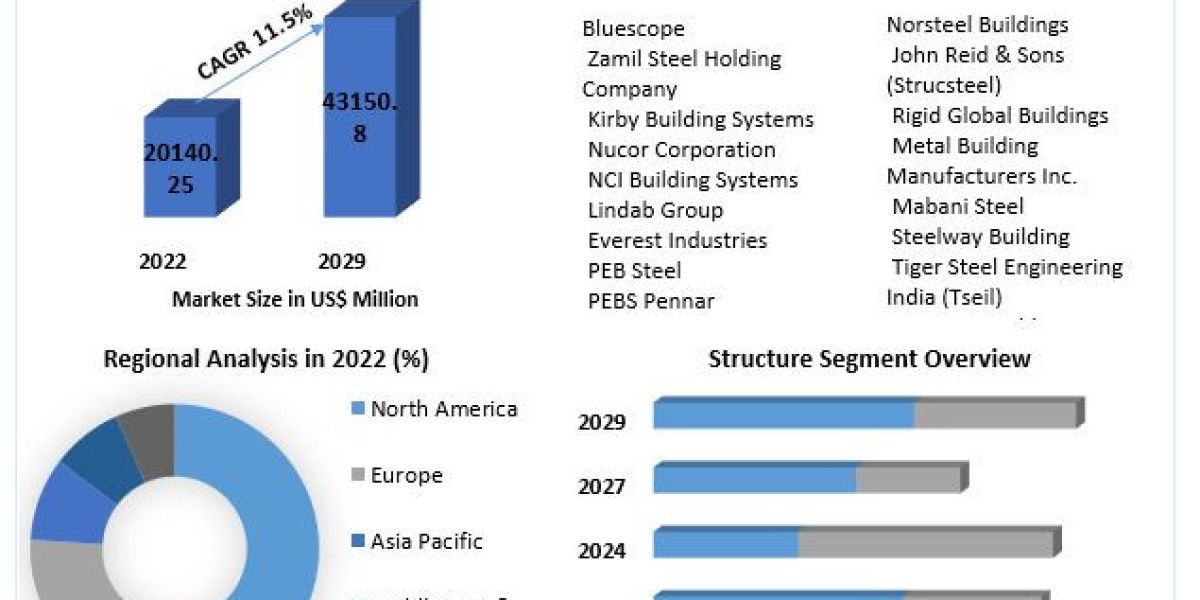Data is the lifeblood of decision-making. Traders, investors, and analysts all depend on accurate data to guide their strategies and make informed decisions. Two primary types of data dominate this landscape: real-time and historical market data. Each serves a distinct purpose and offers unique advantages, depending on the situation. This article explores real-time and historical market data API nuances, providing a comprehensive guide on when and how to utilize each through APIs in financial analysis.
What is Real-Time Market Data?
Real-time market data refers to live updates on the prices of financial instruments as they are traded on exchanges. This data is delivered with minimal latency, allowing users to see the current state of the market almost instantaneously. Real-time data typically includes bid and ask prices, trade prices, volumes, and other relevant market information.
Key Characteristics of Real-Time Data
Immediate Access: Real-time data offers a live market view, providing up-to-the-minute information. This immediacy is crucial for traders who need to react quickly to market movements.
High Frequency: The data is updated continuously throughout the trading day, reflecting every change in the market. This high frequency is essential for those engaged in high-speed trading strategies.
Accuracy: The precision of real-time data is critical, as even the slightest delay or inaccuracy can result in missed opportunities or financial losses.
Key Use Cases for Real-Time Market Data
Day Trading
Day traders rely heavily on real-time data to make quick decisions. Since they open and close positions within the same trading day, access to the most current data is essential for capturing short-term price movements.
High-Frequency Trading (HFT)
HFT firms use real-time data to execute thousands of trades within milliseconds. These firms employ complex algorithms that require immediate data to identify arbitrage opportunities and exploit minute price differences.
Portfolio Management
Portfolio managers use real-time data to monitor and adjust their portfolios throughout the trading day. By keeping track of market changes, they can rebalance portfolios, execute trades, and manage risk more effectively.
What is Historical Market Data?
Historical market data consists of past prices, trading volumes, and other financial metrics. This data is used to analyze market trends, backtest trading strategies, and forecast future market behavior. Unlike real-time data, which focuses on the present, historical data offers insights into how markets have behaved over time. To access this data, using the best stock API can be highly beneficial.
Key Characteristics of Historical Data
Long-Term View: Historical data provides a comprehensive view of market behavior over extended periods. This long-term perspective is invaluable for understanding trends and patterns.
Depth of Information: Historical data includes a wide range of information, from daily closing prices to detailed tick data. This depth allows for thorough analysis and backtesting. Utilizing the best stock API ensures you get accurate and extensive data for these purposes.
Reliability: While not immediate, historical data is highly reliable for analyzing past market behavior. It is crucial for developing and testing trading strategies, and the best stock API can provide the necessary data with accuracy and consistency.
Key Use Cases for Historical Market Data
Backtesting Trading Strategies
Traders use historical data to backtest their strategies, simulating trades over past market conditions to evaluate performance. This process helps refine strategies and ensures they are robust enough to withstand real-world conditions.
Risk Analysis
Historical data is essential for assessing the risk associated with different investments. By analyzing how assets have performed during various market conditions, analysts can develop strategies to mitigate future risks.
Market Research and Trend Analysis
Investors and analysts use historical data to identify long-term trends and market cycles. This information is vital for making informed investment decisions and predicting future market movements.
Real-Time vs. Historical Data: Key Differences
Temporal Nature
The most apparent difference between real-time and historical data is their temporal focus. Real-time data is concerned with the present, offering immediate insights into the current market conditions. Historical data, on the other hand, looks to the past, providing a record of how markets have behaved over time.
Speed and Latency
Real-time data is all about speed. It is delivered with minimal latency, making it essential for strategies that require quick reactions. Historical data, however, does not have the same urgency, as it is used for analysis rather than immediate decision-making.
Data Volume
While real-time data is vast due to its continuous flow, historical data is even more extensive, often spanning decades of market activity. Managing this data requires significant storage and processing power, but it is crucial for in-depth analysis.
Integrating Real-Time and Historical Data Through APIs
APIs (Application Programming Interfaces) are essential tools for accessing both real-time and historical market data. They provide a standardized way to retrieve and integrate data into trading platforms, analytical tools, and other financial applications.
Real-Time Data APIs
Low Latency: Real-time data APIs are designed to deliver data with minimal delay, ensuring that users receive the most current information.
Event-Driven Updates: These APIs often use an event-driven model, pushing updates to users whenever there is a change in the market.
Historical Data APIs
Extensive Data Sets: Historical data APIs offer access to vast amounts of data, often covering years or even decades of market activity.
Customizable Queries: Users can customize their queries to retrieve specific datasets, such as daily closing prices or detailed trade data.
Benefits of Using APIs for Market Data
Automation
APIs automate the process of data retrieval, saving time and reducing the potential for human error. This automation is particularly beneficial for high-frequency trading and other strategies that require fast, accurate data.
Scalability
APIs allow financial institutions to scale their data usage according to their needs. Whether a small trading firm or a large financial institution, APIs provide the flexibility to adjust data access as needed.
Accuracy and Consistency
By standardizing data access, APIs ensure that the information retrieved is accurate and consistently formatted. This consistency is crucial for making informed decisions and maintaining the integrity of trading strategies.
Challenges of Using Market Data APIs
Latency in Real-Time Data
Despite efforts to minimize latency, some delay is inevitable, particularly during periods of high market volatility. This latency can impact strategies that rely on split-second decisions.
Data Storage and Management
Historical data, while valuable, requires significant storage and processing power. Managing this data effectively can be a challenge, particularly for firms with limited resources.
Expert Insights on Market Data Usage
According to industry experts, the effective use of both real-time and historical market data is crucial for success in today’s financial markets. “Real-time data provides the immediacy needed for short-term trading strategies, while historical data offers the depth required for long-term analysis,” says Jane Doe, a financial analyst at XYZ Firm.
Future Trends in Market Data APIs
The future of market data APIs lies in the continued integration of advanced technologies like machine learning and artificial intelligence. These technologies will enable even more sophisticated analysis, allowing traders and analysts to make better-informed decisions.
Practical Tips for Using Market Data APIs
Prioritize Low Latency for Real-Time Data: When selecting a real-time data API, prioritize those with the lowest possible latency to ensure you receive the most current information.
Utilize Historical Data for Backtesting: Use historical data APIs to backtest trading strategies, ensuring they are robust enough to handle real-world conditions.
Leverage API Automation: Take advantage of the automation capabilities of APIs to streamline your data retrieval process and reduce the potential for errors.
Understanding when and how to use real-time and historical market data is essential for success in the financial markets. Real-time data is crucial for strategies that require immediate action, while historical data provides the depth needed for long-term analysis. By leveraging APIs, traders and analysts can seamlessly integrate both types of data into their workflows, enhancing their decision-making and overall performance.








